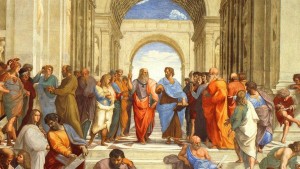Due by 12:00 p.m. on January 25
1) Watch this video and create your own Longwood course blog for our course: [youtube]https://www.youtube.com/watch?v=uOddj8EZxfM[/youtube]
You need to make your blog “public” so please leave the boxes by privacy settings unchecked. One you create a blog, you may go to Dashboard and/or Customize you individualize its theme and other features. Have fun with it!
2) You should also share your blog URL with me by submitting it on Canvas. To submit your URL, go to Canvas>Course Blog>Post #1 as click “Reply” to submit your URL as a discussion response so we can all see it.
Please make sure to submit the right link. My course blog URL is http://blogs.longwood.edu/rhetcrit/
Yours should also begin with http://blogs.longwood.edu/ but will have the URL name you choose after the last slash; you will enter this in the form for creating your blog. The URL extension can be anything you choose or something about rhetoric or rhetorical criticism (e.g., mine is “rhetcrit”).
3) Please title your posts in the same way I title mine (Post #1: Personal Introduction, and so on) so that I can clearly identify your respective posts for evaluation.
4) Now, it is time to make your first blog post! The main purpose of your first blog post is to clarify why your blog exists and other related questions that your readers might have upon stumbling upon your blog. Therefore, in your first blog post, please clarify the “rhetorical situation” for your blog (which is a rhetorical artifact): writer, purpose, message, audience, context.
-Who is the writer/blogger (brief info about you)?
-What is the writer/you writing about? What is the purpose of your blog (include the course information but you may also include a purpose of your own)? Who is your intended audience (write one or two sentences about who might make use of this blog or would like to check it out, etc)?
-What is the context for this blog (you can think about the classroom and beyond)? Since you will want to mention our Rhetorical Criticism course, it is also appropriate to give some information about your reasons for taking the class, any past rhetoric/writing classes you have taken, etc.
There is no one way of answering these questions, so be flexible and use your creativity. Feel free to make your posts more colorful and interesting with media (images, video, etc); cite your images and try to use ones that are in the public domain (not copyrighted), but you should be fine sharing any YouTube videos. You may also create your own images (take photos, etc) and add them to your blog, too.

